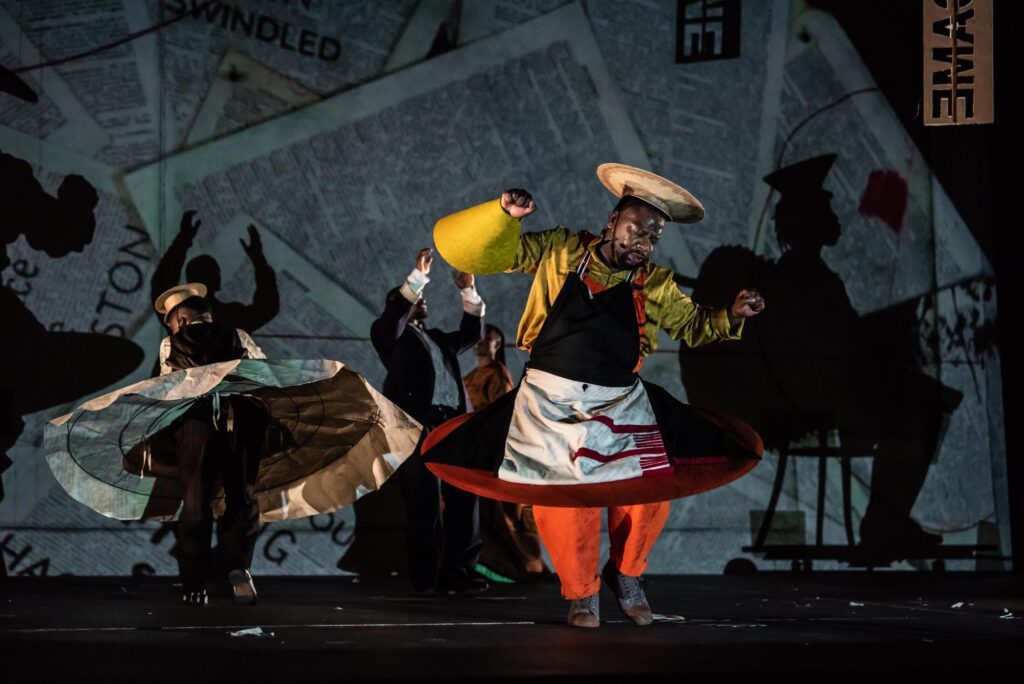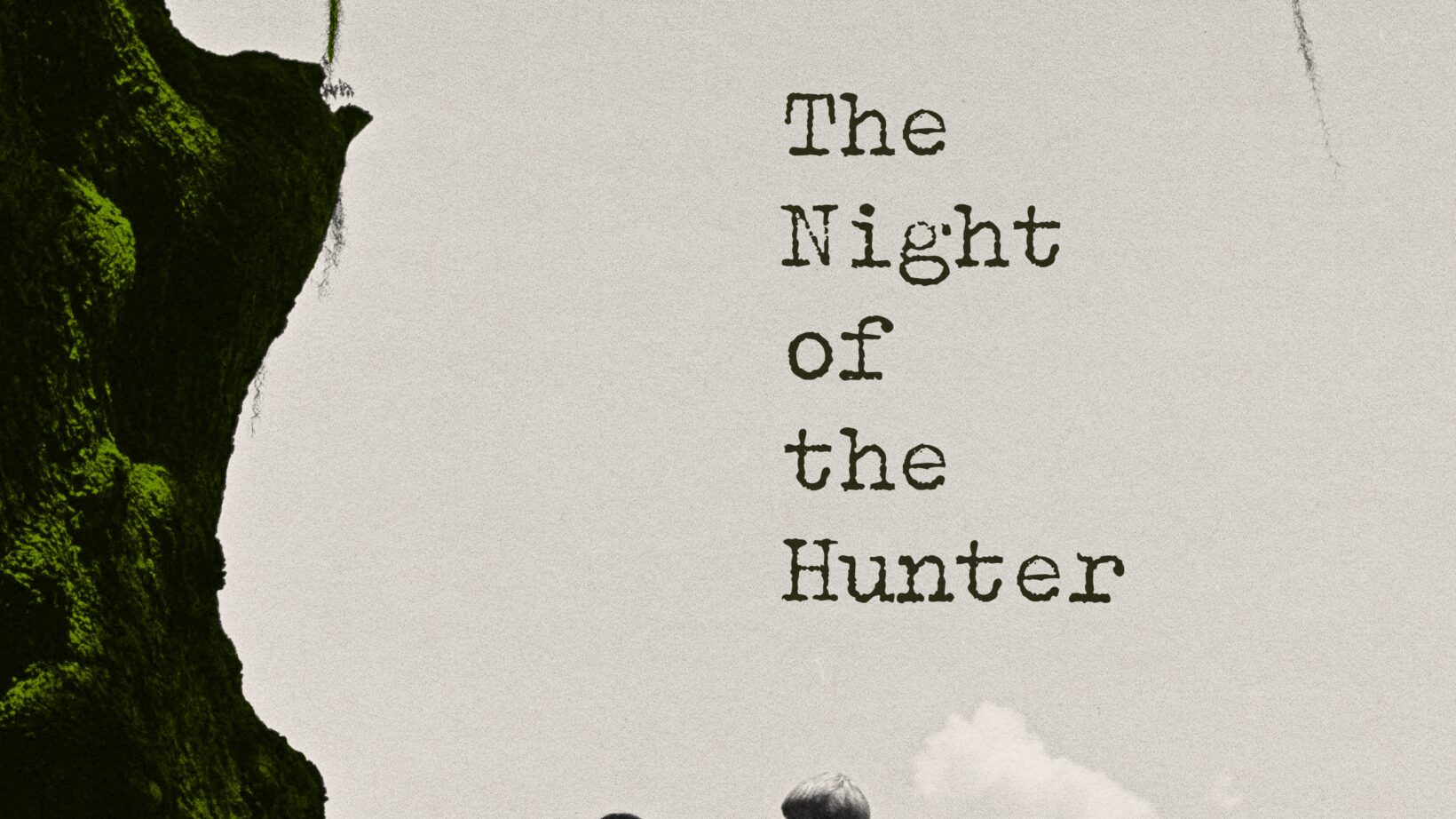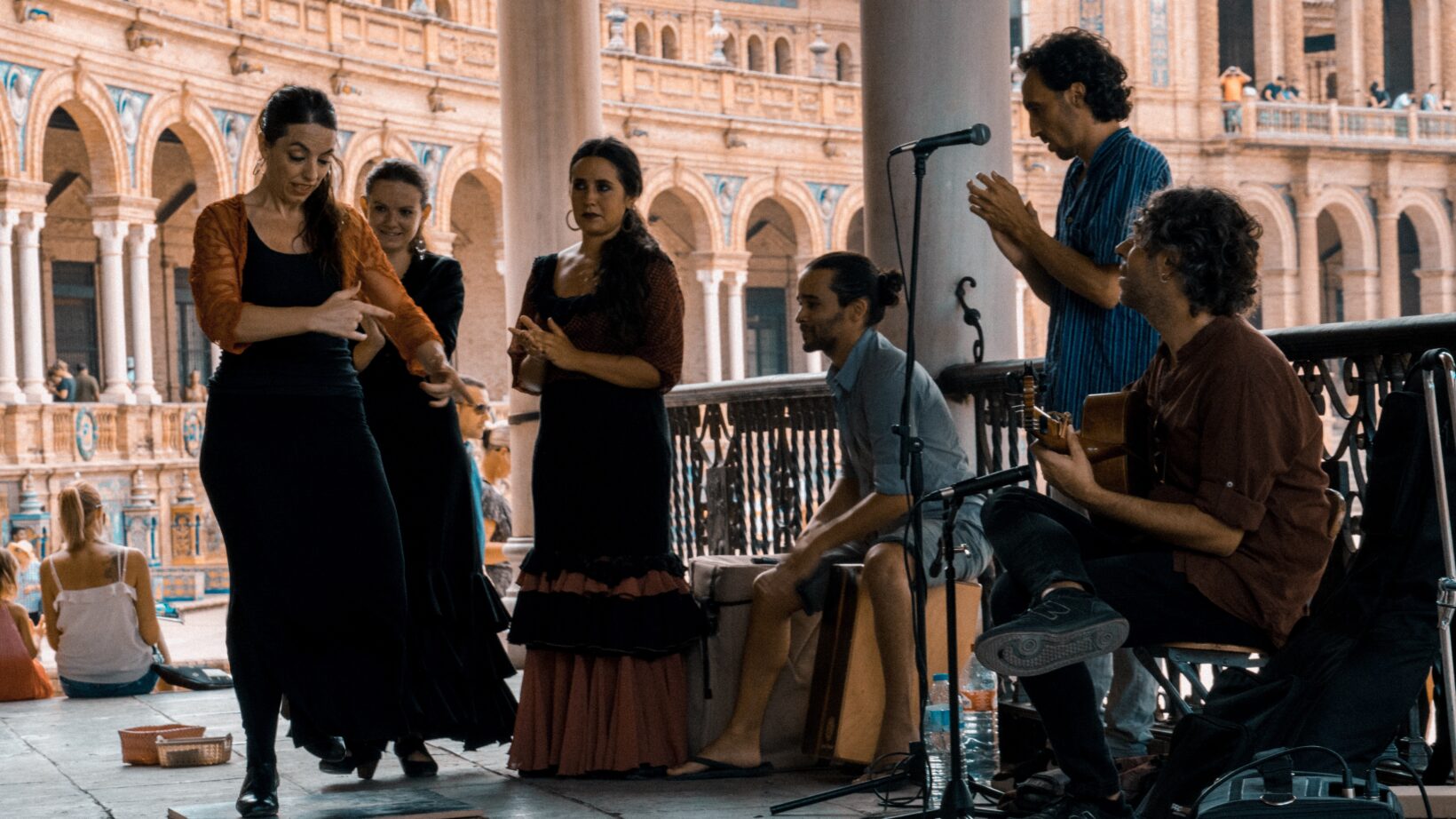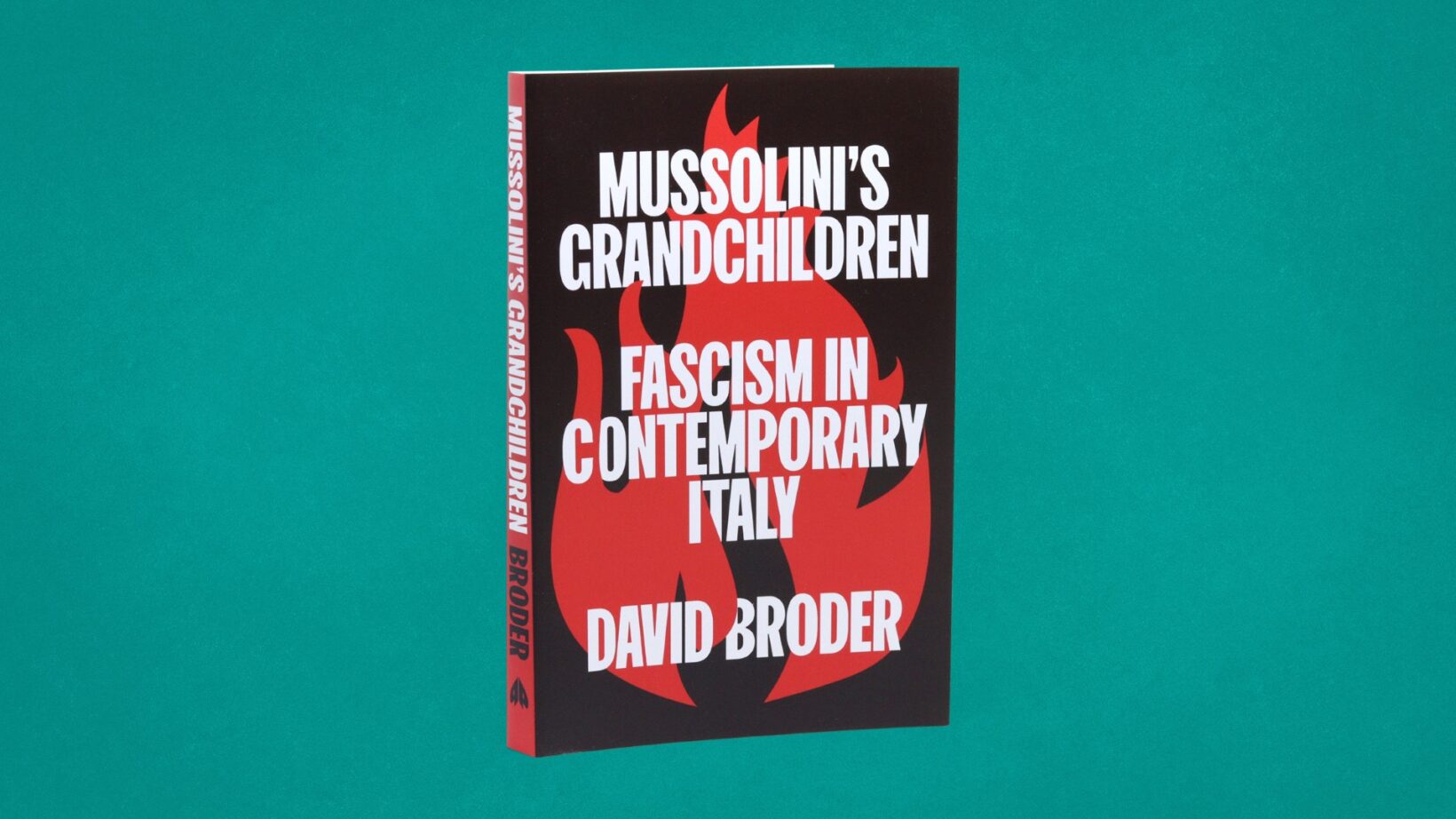In a new chamber opera piece at London’s Barbican Theatre, the South African artist takes inspiration from Greek mythology and creates a work of art that is both joyful and melancholic.

In 2018 London’s Tate Modern gallery hosted the world premiere of a new work from South African artist William Kentridge. For three days the building gave over its Turbine Hall to a live production that took place inside an enormous black box. ‘The Head & The Load’ was an astonishingly beautiful amalgam of Kentridge’s key creative elements of animation and opera that formed part of ’14-18 NOW’, the arts programme assembled to mark the centenary of the First World War. ‘The Head & The Load’ continued the artist’s determination, to tell the truth behind the appalling treatment of Black people by European colonisers throughout history. This time Kentridge used the platform to show how British, French, and German armed forces used African citizens during the First World War, from inveigling them into carrying their weapons and supplies on their backs to using African soldiers as cannon fodder on frontlines and battlefields. ‘The Head & The Load’, Kentridge said, was an attempt to correct the narrative that had left these African people out of the history books.
By the end of the following year Kentridge had finished work on two new pieces of work, ‘The Moment Has Gone’ and ‘Waiting For the Sybil’, both of which will be performed as a double-header under the title ‘SYBIL’ at the Barbican arts centre theatre in London in April. London in 2022 looks like it’s going to be good for Kentridge, incidentally, what with this live event and the Royal Academy’s huge career retrospective set for Autumn. And these accolades are richly deserved. After all, in the increasingly money-orientated world of international art, what other established artist has been such a staunch and poetic advocate of human rights over a four-decade career?
William Kentridge was born in 1955 in Johannesburg. His parents, Sydney Kentridge and Felicia Geffen, were activists. Sydney Kentridge was a lawyer who worked on the defence of Nelson Mandela and on enquiries into Steve Biko’s death. Felicia Geffen, also a lawyer, worked against South African apartheid throughout her life. The young Kentridge attended art college before deciding to become an actor, but his time at drama school was curtailed by the realisation that he couldn’t act, and that the role of an artist was his default position. Kentridge’s work emanates from his position as an observer. His parents’ activism had a profound effect on the themes of inequality and justice for African people that he pursues, and Kentridge uses this empathy to create artworks of a world that he feels we should know about, seen from his point of view. It was whilst he was working as an art director for television and film productions in the 1980s that Kentridge began making short, hand-drawn, animated films. He nurtured his characteristic technique of using expressive, dense charcoal drawings that he photographed, worked over, and photographed again until a sequence of frames became a film in motion. In 1992 he started working with the Cape Town-based Handspring Puppet Company, culminating in politically-charged collaborative productions of Alfred Jarrey’s ‘Ubu Roi’, ‘Woyzeck’ (as ‘Woyzeck on the Highveld’) and ‘Faust’ (as ‘Faustus In Africa!’). Sumptuous and dynamic, the productions used Kentridge’s animations, along with documentary footage, live actors, puppets, and music, to tell tales of oppression and inequality in African states. By 2005 Kentridge was an auteur in his own right, and his solo directorial debut, a version of Mozart’s ‘The Magic Flute’ created in partnership with La Monnaie opera house in Brussels, went on to tour the world.
His time in the theatre and with Handspring informed the breadth and ambition of his work. Kentridge productions were decorous, multi-media events, with actors and singers marauding across stages created by Kentridge, wearing costumes he’d designed, and working in and around his animated films and projections. By now Kentridge was collaborating with composers and musicians to create scores that added further dimensions to the pieces. His 2010 production of Shostakovich’s ‘The Nose’ for New York’s Metropolitan Opera was a chaotic triumph, with Kentridge augmenting the piece with attendant artwork, talks and books. For 2011’s ‘Refuse the Hour’ Kentridge expanded on discussions with physicist Peter Galison to create a Dadaist chamber opera. Kentridge is a storyteller in the griot tradition, albeit one that uses allegory, full-force theatrical imagery and noise to make his point.
Part one of ‘SYBIL’ is a 22-minute film called ‘The Moment Has Gone’, and part two is the chamber opera ‘Waiting for the Sibyl’. The project came about after Teatro dell’Opera di Roma gave Kentridge carte blanche to create a companion response to US artist Alexander Calder’s artwork ‘Work in Progress’. Commissioned by Teatro dell’Opera di Roma in 1968, Calder’s piece featured his trademark mobiles placed throughout the theatre. Writing on his website in 2019, Kentridge said that Calder’s work has inspired notions of turning and revolution, and his thoughts turned to the myth of the Cumaean Sibyl. In Greek mythology, the Cumaean Sibyl wrote her visitors’ prophesies on oak leaves that were left outside her cave. With every breeze, the leaves’ order was rearranged, and the prophecies took on a different order and sense of fate. Kentridge writes, “…this idea of leaves blowing and turning, and uncertainty, became the connecting point for Calder’s moving, turning mobiles and something that grounds the piece with that turning but hooks into questions that I’m interested in today.”
The ‘Moment Has Gone’ film mixes charcoal animation with sequences of the artist at work. Phrases and ideas that reappear in the chamber opera bubble to the surface, and there’s an appearance by the Cumaean Sibyl herself, all accompanied by a live piano score and a male South African chorus. Performed in English, Zulu, Xhosa, Sesotho, and Ndebele, the ‘Waiting for the Sibyl’ chamber opera features six dancers and six singers, with the story unfolding in six short scenes, interrupted, and revealed by the dropping and raising of the front curtain. The full range of Kentridge’s creative arsenal is on show, from declamatory music (created in collaboration with composers Nhlanhla Mahlangu and Kyle Shepherd), flip book-style animations projected as backdrops, Dada-inspired costumery, hypnotic choreography, and the unique collision of profound joy and substrate melancholy that is Kentridge’s own.
In a time when certainty is an elusive commodity, once again William Kentridge narrates our days with beautiful profundity.
William Kentridge’s ‘SYBIL’ is at the Barbican Theatre in London from April 22nd – 24th
Simon Coates is a London-based artist, writer and curator. He is also the founder of the arts and activism platform Tse Tse Fly Middle East.





